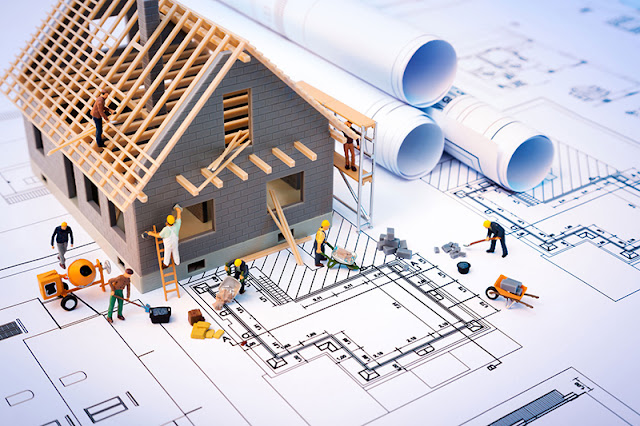Dos and don’ts for investing in later phases of a project
We examine the risks and advantages, associated with investing in phase 2, phase 3 or phase 4 of a project
A well-known developer in Gurgaon, who launched a township project in early 2008, announced the second phase of the project in the same township, in the beginning of 2016. As the project was from a reputed developer, it caught the frenzy of investors and prospective buyers, even though the second phase was delayed, owing to the uncertain economic scenario.
Impact of the 2008 global financial crisis
“There are various projects, which now offer properties in their recent launches, under phase 2, 3 or 4. However, not all of these may be good investment options,” says Atul Dhir, a Delhi-based property consultant.
The global financial crisis of 2008, impacted the pace of launches and sales in the Indian real estate market, which witnessed a downward movement, thereafter. Several projects were either stalled or put on hold. While there was some recovery in 2014, paucity of funds and economic uncertainty remain. In such a scenario, investing in the second phase of an existing project might have its own problems and merits.
Factors that favour investment in new phases of projects
Sale and delivery may not be not an issue
“A developer displays his capability to complete projects in several ways. One such way, is the successful completion of the first phase of large multi-phase projects,” points out Santhosh Kumar, CEO – operations and international director, JLL India. Based on this good track record, the subsequent phases of such projects are likely to witness greater interest from buyers than other newly-launched projects in the region.
Consequently, the sales stream and thus, the revenue stream of the developer, are likely to be in a healthy state, on account of the delivery of the first phase. A healthy revenue stream in the current scenario would also mean faster and timely delivery of projects.
The ability to make an informed decision
“Buyers and investors also have the opportunity to inspect the initial stages and the finished product and to make an informed decision on the project’s specifications, amenities and overall look and feel. Feedback from the market and from existing occupants in the first phase, can provide further guidance for a final decision,” adds Kumar.
Banks lend easily
Obtaining a home loan is also easier in projects, where the first phase has been completed and delivered. “Such projects, most likely, will already be on the cleared/sanctioned list of banks. Thus, buyers in subsequent phases do not have much problem in borrowing,” explains Aksh Vashishta, a senior-level bank executive at a public sector bank in Bhopal.
Full occupancy
Often, new projects are not fully occupied by residents. Therefore, the maintenance costs may be shared between a few residents. However, in projects where older phases have been completed, there are high chances that the finished project will have full occupancy and hence, lower maintenance costs.
Factors that do not favour investment in new phases of projects
The subsequent phases in a project, often come at a premium. In comparison to buyers in the earlier phase, you may have to pay a higher amount for a similar-sized apartment. High cost of the property, may also mean lower chances of appreciation in the initial years of your ownership.
What you should do?
Buyers should study the previous phase of such projects and speak to the buyers from the first phase. Ask them relevant questions about the ease of transaction process and the disclosures made by the developer. Ascertain the hidden charges and the possession details. If the developer has been professional with buyers in the first phase, it is likely that you are entering a good deal. A project with an incomplete initial phase and delays, may have problems at a later stage of the project too.




ReplyDeleteThanks for a sharing a information. and for more information in click us :GST Consultant in Gurgaon
llp registration in faridabad
llp registration
gst registration service in faridabad
gst registration service provider in faridabad
gst consultant in faridabad
gst return service in faridabad
LLP registration in gurgaon
gst registration in gurgaon
Company Registration in Gurgaon
GST Consultant in Gurgaon
LLP registration in delhi
Company Registration in faridabad